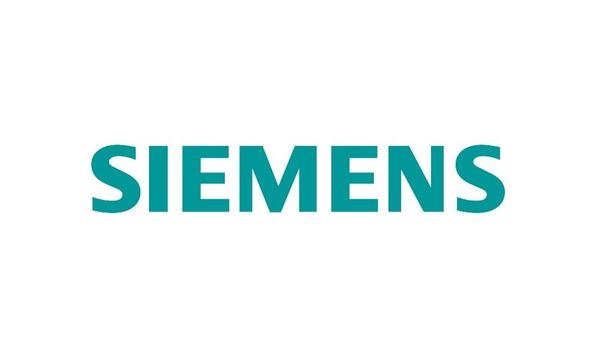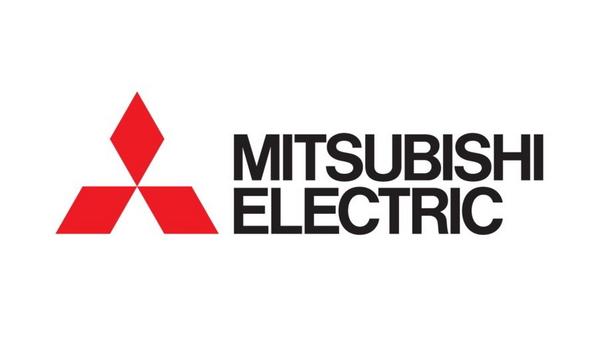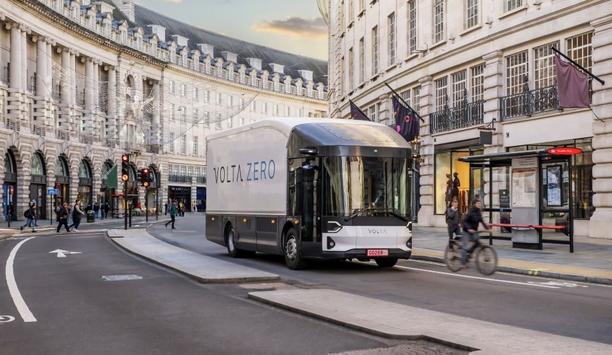As electric vehicles (EVs) become increasingly popular, so does the need for efficient and sustainable charging solutions.
Home solar EV charging is an innovative and eco-friendly option that allows EV owners to harness the power of the sun to charge their vehicles. This article explores the benefits and working principles of home solar EV charging.
Charging electric vehicles
Harnessing Solar Energy: Home solar EV charging utilizes solar panels installed on residential rooftops or other suitable locations to capture sunlight and convert it into electricity. Solar panels consist of photovoltaic (PV) cells that generate direct current (DC) electricity when exposed to sunlight. This electricity can be used to power homes, charge batteries, and, in this case, charge electric vehicles.
This electricity can be used to power homes, charge batteries, and, in this case, charge electric vehicles
Solar PV System: To set up a home solar EV charging station, users need a solar PV system. This system typically includes solar panels, an inverter, and a bi-directional electric meter. The solar panels convert sunlight into DC electricity, which is then sent to the inverter.
The inverter converts the DC electricity into alternating current (AC) electricity, which can be used to power appliances and charge the EV. The bi-directional electric meter measures the energy produced by the solar panels and the energy consumed by the EV.
Slowest charging rate
Charging Infrastructure: To connect the EV to the solar PV system, users will need an EV charging station or a compatible charging cable. Charging stations come in various types, including Level 1, Level 2, and Level 3 (DC fast charging). Level 1 charging provides the slowest charging rate, while Level 3 charging offers the fastest. Level 2 charging, which is most commonly used for home charging, provides a moderate charging speed and is compatible with most EVs.
Charging Modes: Home solar EV charging can be done in two modes: direct charging and battery storage charging. In direct charging, the solar PV system directly powers the EV without the need for energy storage. This mode is ideal when the solar panels produce enough electricity to charge the EV and power the home simultaneously.
In battery storage charging, excess solar energy is stored in a battery system and later used to charge the EV. This mode ensures charging availability even when sunlight is limited or during nighttime.
Reducing greenhouse gas emissions
Benefits of Home Solar EV Charging:
- Environmental Sustainability: Charging the EV with solar energy significantly reduces greenhouse gas emissions compared to charging from the grid, which is often dependent on fossil fuels. Solar power is a clean and renewable energy source, making home solar EV charging an eco-friendly option.
- Cost Savings: By generating their own electricity with solar panels, users can reduce their reliance on the grid and save money on utility bills. Additionally, many governments and utilities offer incentives and tax credits for installing solar PV systems, further lowering the overall cost.
- Energy Independence: With a home solar EV charging system, users have greater control over their energy supply. Users are less affected by power outages or fluctuations in electricity prices since they produce their own power.
- Increased Resilience: During emergencies or natural disasters that disrupt the grid, home solar EV charging systems with battery storage can provide backup power for both the home and EV.
- Long-Term Investment: Installing a solar PV system for home solar EV charging is a long-term investment. Solar panels typically have a lifespan of 25-30 years and require minimal maintenance. Over time, the savings on fuel costs and the potential resale value of the solar-powered EV charging system can make it a financially rewarding investment.
In conclusion, home solar EV charging offers a sustainable and economical solution for powering electric vehicles. By harnessing the power of the sun, users can reduce the carbon footprint, lower energy costs, and achieve greater energy independence.






